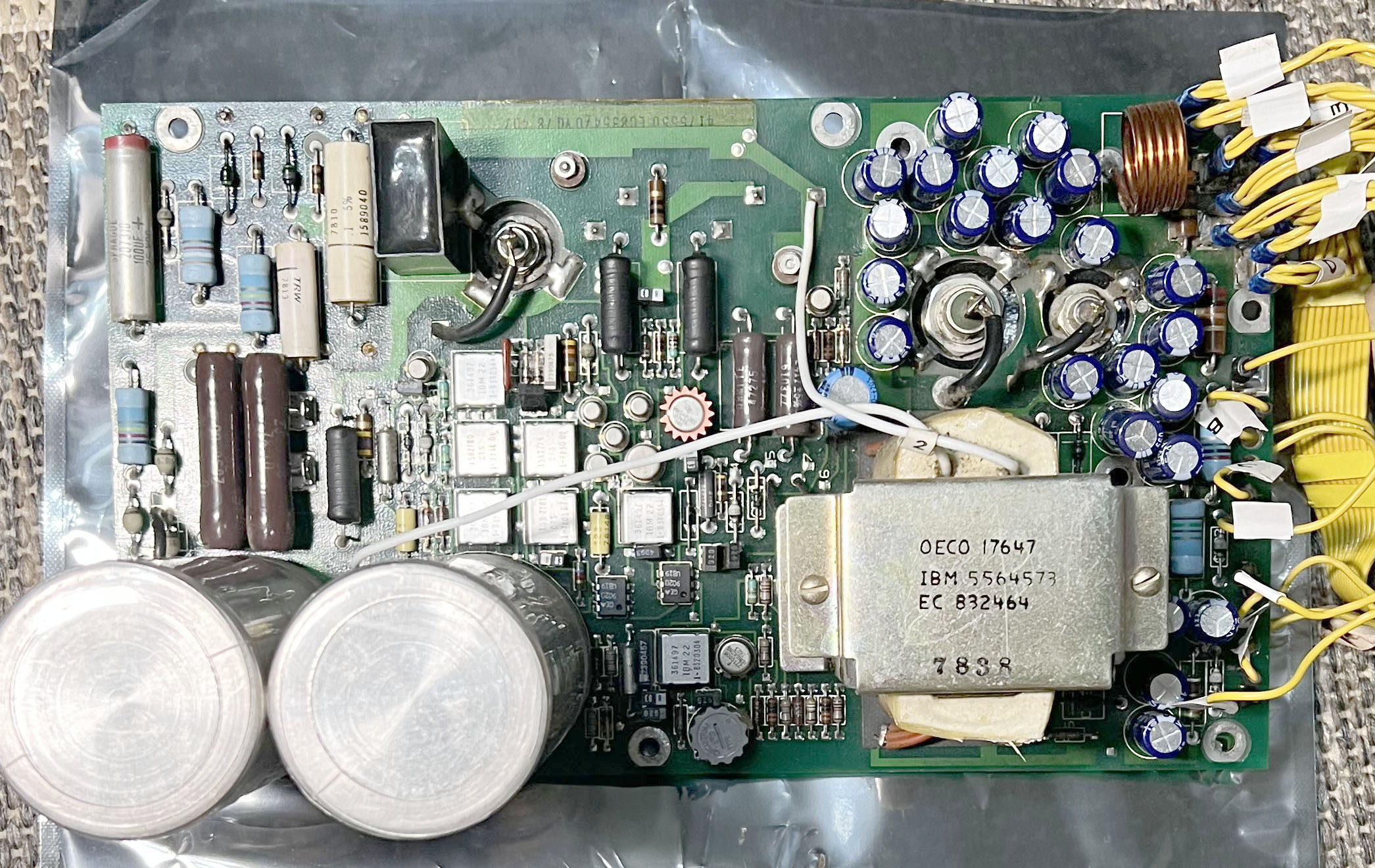mt777
Experienced Member
Recently purchased the unit. It was tested by seller but in my home fuses were blown during connecting to power (on OFF state). Got advices to check capacitors in AC Box (it may be also false positive alarm).
Will try slowly go thru each step to clean it and restore. During this worklog advices are welcome as I am not so familiar with pre-XT stuff.
1. DISASSEMBLY
Not so much for the first day. Disconnecting CRT was easier than expected. 3 screws and edge connector cable. Didn't have next to me 9mm wrench so removing AC box will be in next step.
Will try slowly go thru each step to clean it and restore. During this worklog advices are welcome as I am not so familiar with pre-XT stuff.
1. DISASSEMBLY
Not so much for the first day. Disconnecting CRT was easier than expected. 3 screws and edge connector cable. Didn't have next to me 9mm wrench so removing AC box will be in next step.



